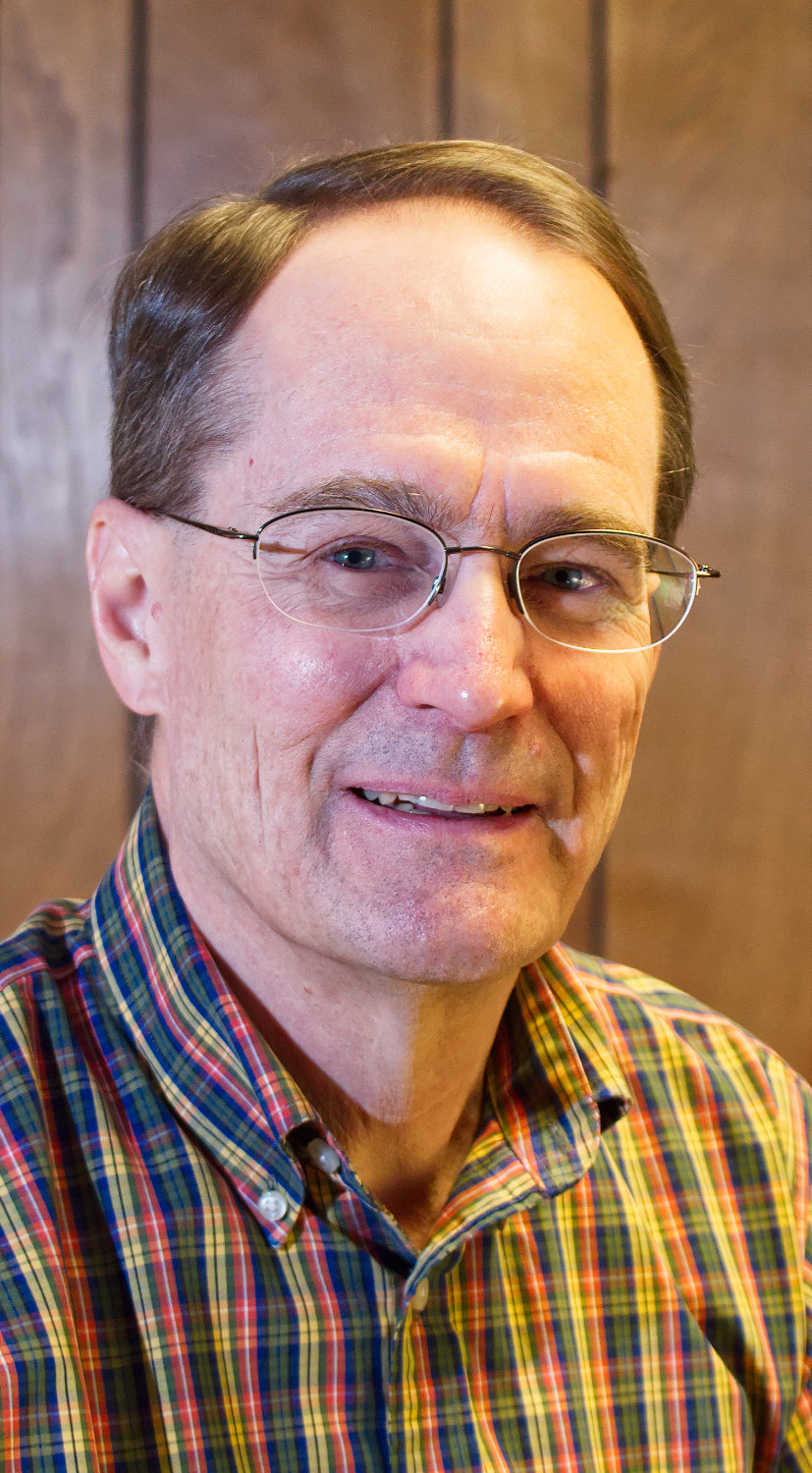Corner Column
Legacy.
The word keeps cropping up, bouncing around like an ear worm.
It came to light last fall when our family began what I’m calling a legacy tour of sites around East Texas and a …
This item is available in full to subscribers.
Attention subscribers
To continue reading, you will need to either log in to your subscriber account, or purchase a new subscription.
If you are a current print subscriber, you can set up a free website account and connect your subscription to it by clicking here.
If you are a digital subscriber with an active, online-only subscription then you already have an account here. Just reset your password if you've not yet logged in to your account on this new site.
Otherwise, click here to view your options for subscribing.
Please log in to continue |
Corner Column
Legacy.
The word keeps cropping up, bouncing around like an ear worm.
It came to light last fall when our family began what I’m calling a legacy tour of sites around East Texas and a little sliver of far southwest Arkansas.
It started on what would have been Dad’s 90th birthday to places he ministered.
It continued this month with two trips surrounding a sister’s 65th birthday, followed in rapid succession by the 40th anniversary McFarland School reunion July 7-8 and the unveiling of documents pulled from the cornerstone of the old Mineola post office that included a 1936 diamond jubilee edition of the Monitor. It offered a challenge which I may or may not address.
So what makes for a legacy?
The state historical marker in Dialville that proclaims the start of the tomato business in the Jacksonville area which is still prominent today and traces back to our family roots might be a good one.
The accidental discovery of another nearby marker for the Rusk Tramway would be basically the opposite. Look it up. The comedy of errors that ensued is worth the read. It’s no wonder that marker is in an out-of-the-way place.
Touring the churches Dad pastored in the early 1950s for a second time (the other tour was in 1985) gave us a sense of his legacy.
All the churches (or buildings) were still active in ’85. Two have since gone out of business. One is still maintained for something, we aren’t quite sure what. The other is falling victim to 15 years of encroaching vegetation and will likely be consumed before long. We almost didn’t find it.
Two cemeteries hold particular significance.
The first just over the state line represents several generations and relations on both sides of Mom’s family.
It was in the adjoining church that we upheld a long-awaited promise to return other than for a funeral. Our last several visits had been for burials, so coming for a casual visit was certainly refreshing. We heard the kinds of stories that only such a gathering reveals.
I suspect last weekend was much of the same, when those who attended Mineola’s McFarland school gathered for the first time in four years to remember stories from another era.
I had the good fortune to learn just a bit of the incredible legacy of that school and that community, about overcoming more than many of us can imagine.
Our second cemetery of note, not too far from that Dialville state marker, holds several generations of the maternal side of Dad’s family (and recently saw the addition of his marker).
I suppose looking back is something that becomes more prominent as one nears the end of this journey.
Just down from the Arkansas church, we scoured through the museum in an old store and came across a few family treasures. It was enough to make us want to go back and spend several hours reviewing everything.
I’m sure it was a similar sense of the time passing that led McFarland folks to start a museum on that site and make sure those stories and memories are captured and preserved.
The documents extracted from the Mineola postal cornerstone will help fill in a few other historical details. The grin on Lou Steele’s face when they read the name of her grandfather who was mayor at the time the cornerstone was placed defines far better than I could the importance we place on our history and our legacy.
We want to have mattered, even though a day will come that no one who knew us, or remembers us, will be left.
OK, perhaps that is a bit of a dreary sentiment.
The paths I walked and drove these past weeks and months exploring “legacy” were anything but dreary. Fun, exciting, enjoyable are better descriptions.
Gazing across the Red River where the Spring Bank ferry once shuttled my ancestors imparted a sense of awe and wonder.
It is a journey to be continued, I suppose, because, as has been said, you can’t know where you’re going until you know where you’ve been.






